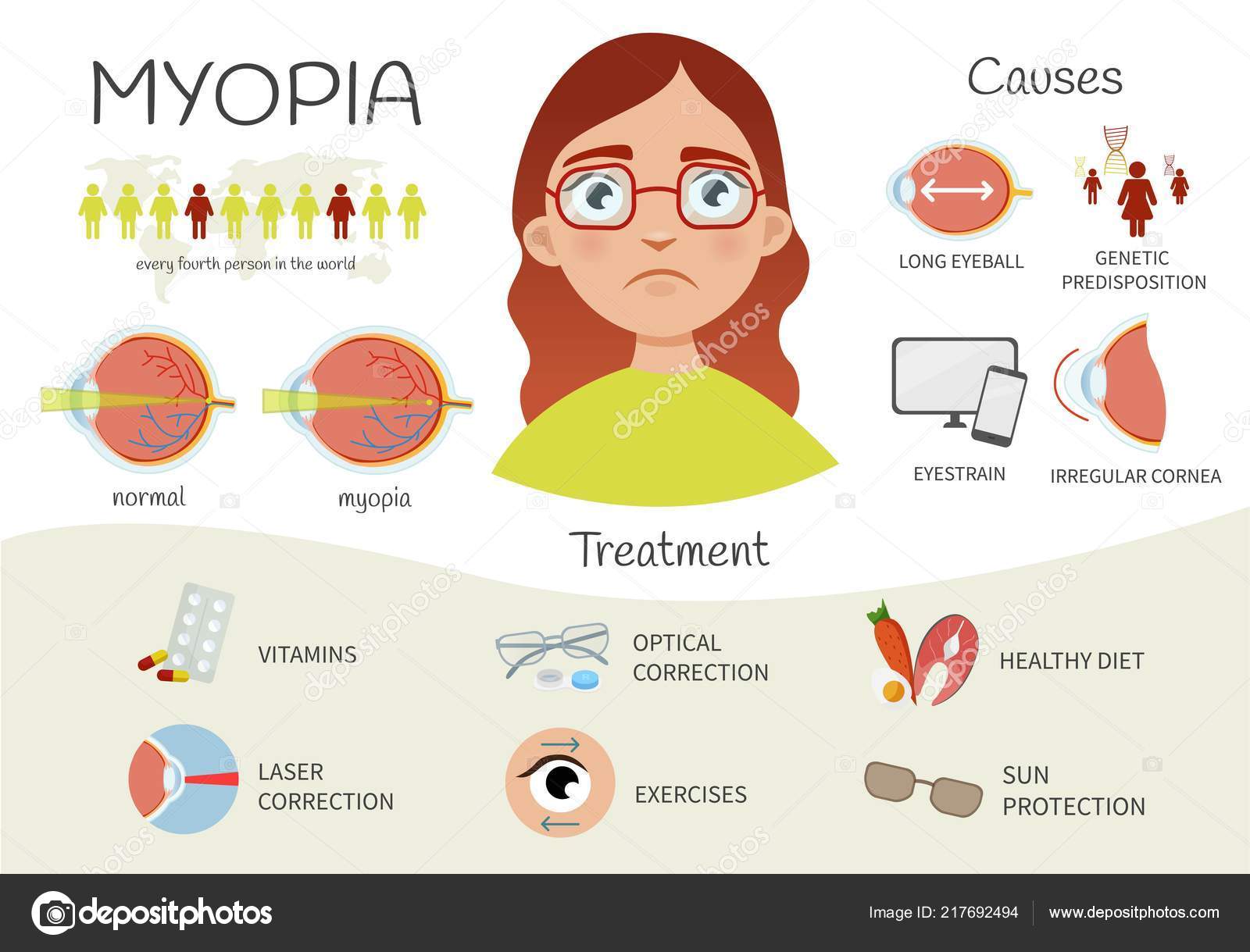Intrigued In Discovering The Distinctions In Between SMILE, LASIK, And PRK Eye Procedures?
Intrigued In Discovering The Distinctions In Between SMILE, LASIK, And PRK Eye Procedures?
Blog Article
Article Developed By-Munksgaard Michelsen
If you've been taking into consideration SMILE eye surgery, you could question exactly how it compares to LASIK and PRK. Each treatment has its own collection of advantages and factors to consider. From quicker recuperation times to possible threats, there are crucial differences you ought to recognize before making a decision. Recognizing these differences will assist you make an educated option that straightens with your particular demands and expectations. Curious to know even more about exactly how these procedures compare carefully? Keep discovering to acquire a comprehensive understanding of SMILE, LASIK, and PRK.
SMILE Eye Surgical Procedure Introduction
If you're taking into consideration SMILE eye surgery, you'll discover it to be a minimally invasive treatment with a fast recuperation time. During SMILE (Little Laceration Lenticule Removal), a laser is used to develop a small, exact cut in the cornea to remove a small piece of cells, improving it to remedy your vision. This differs from LASIK, where a flap is created, and PRK, where the outer layer of the cornea is entirely gotten rid of.
Among the vital advantages of SMILE is its minimally intrusive nature, resulting in a faster recovery procedure and less pain post-surgery. The recuperation time for SMILE is relatively quick, with numerous clients experiencing boosted vision within a day or 2. This makes it a prominent choice for those looking for a convenient and effective vision improvement procedure. Additionally, SMILE has actually been revealed to have a reduced risk of dry eye disorder contrasted to LASIK, making it a positive alternative for people concerned about this possible adverse effects.
Distinctions In Between SMILE, LASIK, and PRK
When comparing SMILE, LASIK, and PRK eye surgical procedures, it is necessary to recognize the distinct techniques made use of in each treatment for vision adjustment.
SMILE (Tiny Laceration Lenticule Extraction) is a minimally intrusive procedure that entails developing a tiny incision to remove a lenticule from the cornea, reshaping it to fix vision.
Halos After LASIK How Long (Laser-Assisted In Situ Keratomileusis) involves developing a slim flap on the cornea, using a laser to reshape the underlying cells, and then repositioning the flap.
https://www.webmd.com/eye-health/what-to-know-depth-perception (Photorefractive Keratectomy) gets rid of the outer layer of the cornea prior to improving the tissue with a laser.
https://howtogetlasik62840.anchor-blog.com/15376200/how-to-improve-your-life-s-quality-the-influence-of-lasik-treatment depends on the method the cornea is accessed and dealt with. SMILE is flapless, making it a good option for individuals with thin corneas or those associated with call sports. how long for eyes to recover from cataract surgery offers fast visual recovery due to the flap creation, yet it might position a higher threat of flap-related complications. PRK, although having a longer healing duration, stays clear of flap-related issues entirely.
Understanding these differences is essential in picking one of the most ideal treatment for your vision improvement demands.
Advantages And Disadvantages Contrast
To assess the advantages and downsides of SMILE, LASIK, and PRK eye surgical treatments, it's essential to take into consideration the certain advantages and potential limitations of each treatment. SMILE surgical procedure uses the advantage of a minimally invasive procedure, with a smaller sized incision and possibly quicker recuperation time compared to LASIK and PRK. It likewise lowers the danger of completely dry eye post-surgery, a common adverse effects of LASIK. Nonetheless, SMILE might have constraints in treating greater degrees of myopia or astigmatism compared to LASIK.
LASIK surgery provides fast visual healing and very little discomfort throughout the treatment. It's very efficient in treating a wide variety of refractive errors, consisting of nearsightedness, hyperopia, and astigmatism. Yet, LASIK carries a danger of flap difficulties, which can affect the corneal structure.
PRK eye surgical procedure, while not as popular as LASIK, stays clear of producing a corneal flap, minimizing the risk of flap-related difficulties. It's suitable for patients with thin corneas or irregular corneal surface areas. Nevertheless, PRK has a longer recovery time and may entail a lot more pain throughout the healing process.
Conclusion
So, when it involves selecting between SMILE, LASIK, and PRK, consider it like selecting the best set of footwear. SMILE resembles a streamlined, comfortable set of sneakers - fast and simple.
LASIK is much more like fashionable high heels - showy and fast, however with some possible risks.
PRK is like sturdy hiking boots - trusted and long lasting, however calling for a bit more time and effort.
Eventually, the most effective selection depends upon your individual demands and choices.
